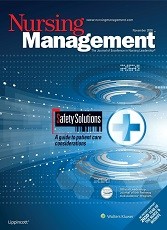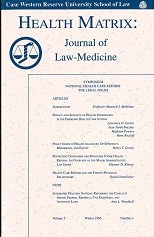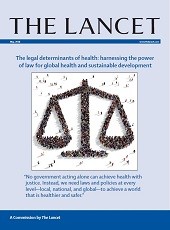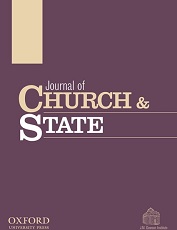The Green Committee
Jon M. Harkness

Abstract
Defense attorneys at the Nuremberg Medical Trial argued that no ethical difference existed between experiments in Nazi Concentration camps and research in U.S. prisons. Investigations that had taken place in an Illinois prison became an early focus of this argument. Andrew C. Ivy, MD, whom the American Medical Association had selected as a consultant to the Nuremeberg prosecutors, responded to courtroom crticisim of research in his home state by encouraging the Illinois governor to establish a committee to evaluate prison research. The governor names a committee and accepted Ivy’s offer to chair the panel. Late in the trial, Ivy testified – drawing on the authority of this committee – that research on Us prisoners was ethically ideal. However, the governor’s committee had never met. After the trial’s conclusion, the report was published in JAMA, where it became a source of support for experimentation on prisoners.
Harkness J. Nuremberg and the Issue of Wartime Experiments on US Prisoners: The Green Committee. JAMA. 1996;276(20):1672–1675. doi:10.1001/jama.1996.03540200058032






